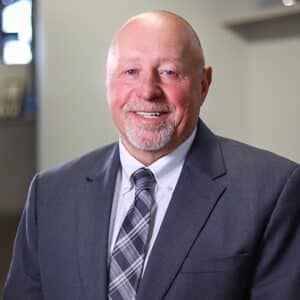Hoyle, Tanner is currently providing professional engineering design services for the development of solar energy in New England. We are working for several solar companies as the solar industry has not only taken off in the flatlands of our Midwest United States, but solar energy development is also happening in our New England backyards.
There are many reasons why this industry has recently become so popular. Solar energy has become a viable option because of the sun’s power – but also because of its cost. As the technology of solar energy has become more efficient, the option for purchasing solar power has become a reality to an average energy user.
In order to consider solar options, permitting and procurement need to be considered.
Permitting
Public utilities commissions and state regulators have recently developed and revised rules and regulations for the advancement of solar energy. Hoyle, Tanner has stayed up-to-date with the development of these guidelines so that we can keep our clients educated and able to make sound decisions and reliable investments — not only based on costs, but also permitting success. The probability of getting a project permitted is a major milestone in the progression of a project, and can in many cases can determine if the project ever gets started.
There are many factors that contribute to the permitting and design of a solar array. Following is a list of some major factors that can affect development:
- What is the size and shape of the property?
- Is the property located in a properly zoned area or can it be rezoned?
- Are the soils adequate to develop for this use? Are there significant wetlands? Are they well drained soils?
- Is the topography adequate for solar development? Is the orientation of the property favorable for solar development?
- Are there abutting structures on neighboring property that would prevent sunlight from reaching the site?
- Is there adequate access to the property?
- Is there access to an existing power source to transmit the power?
- Are there natural resource protection areas within the site (vernal pools, deer wintering areas, or historic preservation areas)?
- Does the developer have adequate title to the property?
Hoyle, Tanner has developed several solar array sites being cognizant of all the factors pertaining to a successfully designed and permitted project, while keeping versed of the regulatory processes. With our experience, we can save the client time and money while helping them realize a successful project.
Procurement
In many state governments, there is a procurement process for renewable energy projects (that are part of energy packages). These packages contain guidelines for the development of a limited amount of energy. What we are finding in some states is the need to increase the development limits as demand increases. Hoyle, Tanner is working with state agencies to make sure we are aware of these opportunities so that we may share them with our clients.
In some states there is a procurement process, raising the net metering cap, allowing arrays of up to 5MW — 5,000 KW — to sell or store excess energy.
Raising the cap is what makes renewable energy development viable for investors, developers, and municipalities. These opportunities to create renewable energy not only lower the states’ dependence on fossil fuels to generate electricity but are also expected to create new jobs in the coming years as the number of projects increase.
Many states look to increase their renewable energy portfolio standard — the amount of renewable electricity created as opposed to that created by fossil fuels — from lows currently at 10% or less to 40% or 80% by 2030 and some even at 100% by 2050.
Helping Developers
We understand the importance of this type of development and the need for development of renewable resources. Our design experience helps the developers understand the limitations of development and of course the permitting process.
Hoyle, Tanner’s experts are here to help. If you have any solar development questions, contact Andy Sturgeon, Vice President and Regional Business Manager.










